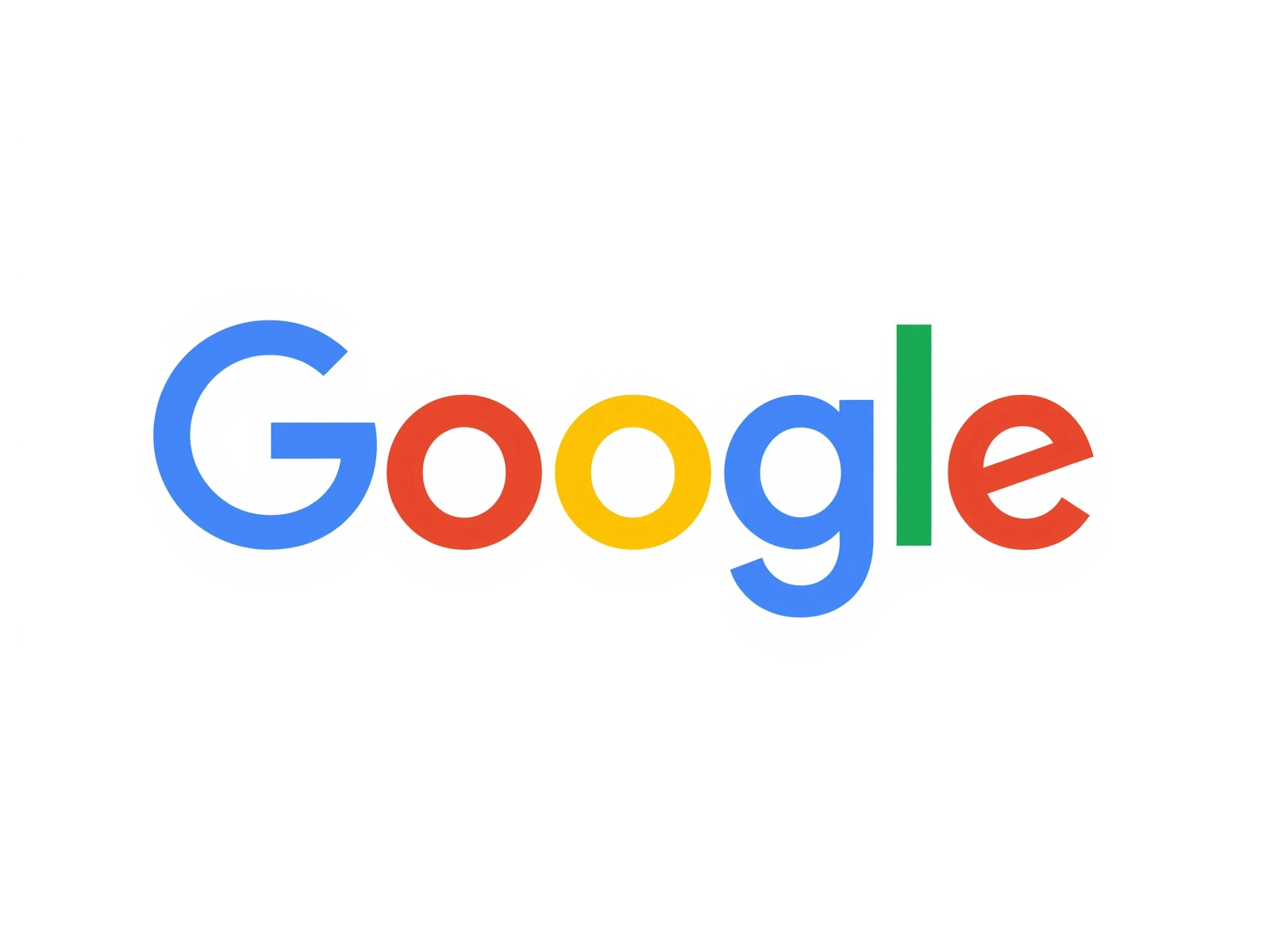
Google Year in Search 2025: How user queries have changed and what it means for marketers

Online store advertising during peak season: a practical guide for businesses with Google Ads

3 GEO Experiments Worth Trying This Year

8 minutes
Classic SEO checklists no longer meet the requirements of modern search. So we share with you the GEO content audit template — a tool that helps position a brand as a source that is referenced by artificial intelligence (AI) systems.
As Danny Sullivan from Google noted, “quality SEO is quality GEO.” The new approach can be considered an “acoustic version” of SEO: the same principles, but in a deeper, more structured and personalized form.
Below is a detailed analysis of the GEO content audit template, created on the basis of classic SEO audit, adapted to the new realities of search, where data, context and structured information have become important.
The template includes several key sheets that enable a systematic analysis of your content:
The main work happens across the content inventory, structured data, content gaps, and linking sheets.
To conduct an effective GEO audit, use a set of reliable tools:
Before starting, set clear objectives that reflect real user behavior:
This approach helps avoid dependence on a single metric, creating a mixed evaluation system that accounts for both AI-driven and traditional channels.
Pro tip: in sales forms or notes, add the question “How did you hear about us?” with an option for ChatGPT/AI Search — this is often where brand discovery through AI is first recorded.
Using Screaming Frog, create a table of all URLs and metadata:
title/H1, update date, author, canonical, word count, readability, internal links, target query or topic.
Add the following fields:
A structured, clear, and “answer-first” format significantly increases the chances of AI systems citing your page.
Divide content inventory based on:
For international pages, check:
Inconsistencies in international structure quickly create a perception of carelessness — both for users and AI models.
Evaluate not only organic metrics but broader indicators as well:
Google claims AI results bring “higher-quality clicks,” while some SEO professionals report overall traffic declines. It’s essential to measure your own reality rather than rely solely on general trends.
Each page should be assessed for its “citation signal”:
Typical metrics in the template include:
All URLs were loaded and 100 high-potential pages were selected. Each was assigned an action: keep, update, merge, or redirect.
Planned actions:
The action list was turned into a task tracker with deadlines, owners, and statuses.
For each of the 50 key prompts, the following was recorded:
Weekly checks were scheduled, as Google continuously adjusts AI Mode, carousels, link displays, and UI components. Even small changes can affect brand presence in AI answers.
Dynamic industries (finance, travel, SaaS) should refresh content quarterly.
Other verticals — biannually or annually.
Fresh, cited, and updated content performs better in AI Overviews and Perplexity, as these systems emphasize recency and clarity.
U.K. ≠ U.S., Spain ≠ Mexico — and that goes beyond language.
Differences in spelling, currency, units, local terminology, and examples impact both user trust and AI accuracy.
For instance, if a Canadian page says “sales tax” instead of “GST/HST,” both users and AI models will notice.
Adapt FAQs and content to local search habits and buyer objections.
Key metrics to prioritize:
“LLM rankings” shouldn’t be treated as definitive — use them as signals, not as KPIs.
SEO audit focuses on rankings and on-site traffic: crawling, indexing, canonical issues, and duplicate resolution — the traditional playbook.
GEO audit focuses on representation and citability in the AI context. It evaluates whether:
Both approaches are essential. Neglecting one is like training only your upper body — the result looks incomplete.
SEO remains crucial for discovery and for content that AI systems scrape. GEO extends influence — making your brand the source for AI-generated answers.
It’s been emphasized that GEO is here to stay. Visibility is shifting toward AI-generated answers rather than search result pages.
If a brand is mentioned in AI responses, it directly impacts top-of-funnel metrics — awareness and early-stage interactions with potential customers.
Competitors can “win” even without top SERP rankings if third-party pages mentioning them are cited by AI systems.
ChatGPT has no search results page (SERP) — only answers.
If Google continues to develop AI Mode, that answer becomes the centerpiece of search.
Your mission: be the cited source.
Therefore, you should:
And most importantly — connect these metrics to business results (revenue, leads, conversions) so that GEO is seen not as an experiment but as a core component of your brand growth strategy.
Read this article in Ukrainian.
Say hello to us!
A leading global agency in Clutch's top-15, we've been mastering the digital space since 2004. With 9000+ projects delivered in 65 countries, our expertise is unparalleled.
Let's conquer challenges together!
performance_marketing_engineers/
performance_marketing_engineers/
performance_marketing_engineers/
performance_marketing_engineers/
performance_marketing_engineers/
performance_marketing_engineers/
performance_marketing_engineers/
performance_marketing_engineers/